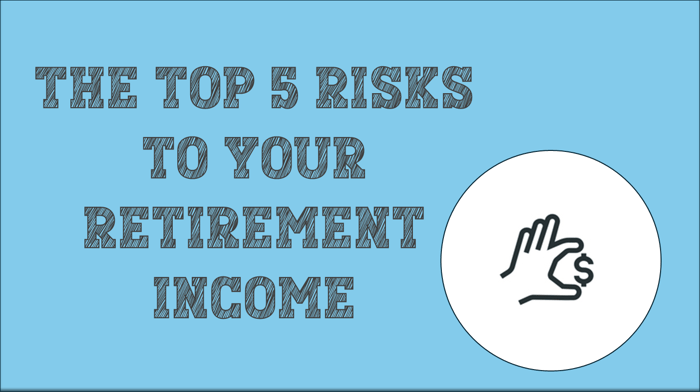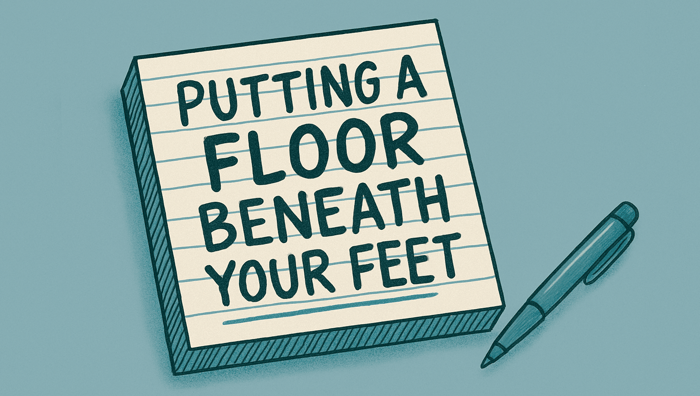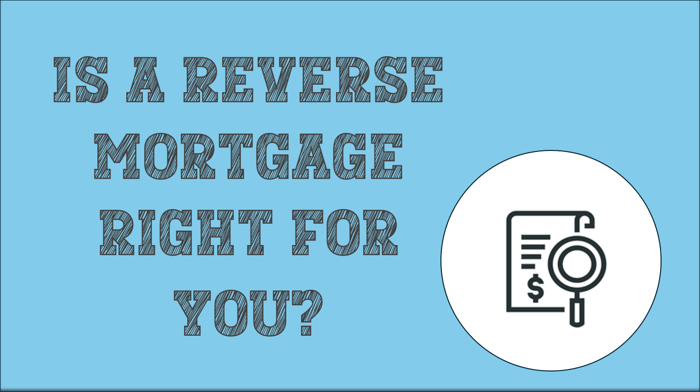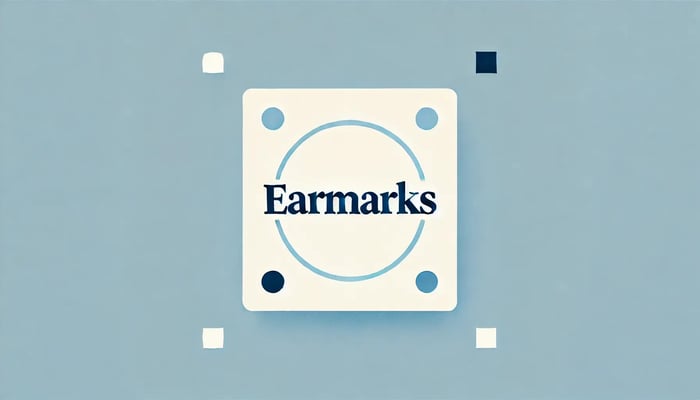How will you bulletproof your retirement plan against these retirement income risks?
You’ve mentally prepared, worked hard, planned it all out, and saved as much as you could– now you’re ready for retirement.
Or are you? Do you really have a retirement portfolio that can sustain your Needs and Wants, and allow you to strive for your Wishes?
Understanding retirement income risks is the key to building resiliency and managing financial risk. In this article, we’ll take a look at the five most dangerous risks to your retirement portfolio. We’ll also talk about how to counter these so you can build a bulletproof financial plan for retirement.
Refresher: Needs, Wants, and Wishes Framework
If you’ve read my other work, you’ve no doubt encountered my Needs, Wants, and Wishes framework for retirement planning. Here’s a refresher:
Needs are non-discretionary expenses like food, utilities, housing, healthcare and other necessities.
Wants are discretionary expenses like travel, hobbies, and entertainment.
Wishes are legacy items, such as charitable causes and funds you allocate to your heirs.
Your retirement income should cover at least your basic needs. But there are some retirement income risks you should consider and discuss with your financial planner.
Healthcare Costs
In 1965, President Lyndon B. Johnson signed Medicare into existence. This remarkable program allows millions of elderly participants to receive the health insurance they need without being subjected to exorbitant costs.
However, not all healthcare costs are covered by Medicare. Prescription drugs, international assistance, and deductibles are all “gaps” in Medicare coverage. With the high cost of medical care, these “gaps” in your Medicare policy can erode your savings. I
In fact, the average 65-year-old needs an estimated $165,000 to cover healthcare costs in retirement, according to Fidelity’s 2024 Retiree Health Care Cost estimate.

Mitigating Healthcare Retirement Income Risks
Thankfully, there’s Medicare Supplement Insurance or “Medigap” insurance.
Medigap policies are supplemental insurance policies offered by private insurers designed to “shore up” the holes in Medicare. Also, there are several variants of Medigap policies, each suited to individuals with different needs.
If you think that you might incur health costs that are not fully covered by your Medicare plan, you may want to look into supplemental insurance.
When looking for Medigap insurance, be wary of unscrupulous companies. You can learn more about Medigap insurance and find providers in this area from this government-sponsored page.
Long-Term Care Costs
It’s important to correct a common misconception that Medicare will cover any long-term care costs. This is not true. Unfortunately, long-term care is seldom considered a medical expense and is not likely to be covered by Medicare. Furthermore, long-term care costs are often exorbitantly expensive and can be a significant drain on your savings.
Medicare does not cover long-term care costs, such as nursing home costs. The annual median cost of an assisted living facility was $64,200 in 2023, and a semi-private nursing home room ran around $104,725, according to Fidelity estimates.
Mitigating Long-Term Care Retirement Income Risks
The easiest way to mitigate the risk posed by long-term care is to purchase long-term care insurance. However, long-term care insurance is also expensive.
Buying long-term health care insurance can significantly reduce its cost. The best time to buy long-term health care insurance might be in your mid-fifties, according to the National Council on Aging.
Inflation
Do you factor in inflation as a possible risk to your retirement? You probably don’t, but it’s critical to understand inflation's impact on your retirement savings.

Inflation measures price increases of goods and services. As inflation rises, it erodes the rate of return on your investments since it offsets your gains.
With the gradual phasing out of traditional pensions, inflation has become more significant. Traditional pension models were indexed for inflation, meaning your pension rose when prices rose. Since 401(k)s and IRAs are not adjusted for inflation, pensions were an excellent source of stable income in retirement. Since the average annual inflation rate is roughly 2%, the erosion of your retirement income over the years can be significant.
You can check out more about inflation risks during retirement here.
Mitigating Inflation Retirement Income Risks
On the bright side, there are several investments designed to mitigate the impact of inflation.
For example, you can invest in Treasury Inflation-Protected Securities (TIPS). TIPS are U.S. government-backed securities that pay a percentage yield and adjust for inflation. Other options to reduce your risk of inflation include purchasing commercial real estate and investing in the stock market.
Many financial experts suggest a healthy mix of stocks and TIPS as their values often move in opposing directions, depending on the current economic situation, but both are good hedges against inflation.
Market and Sequence of Returns Risks
Market risk is the risk of losses due to financial market downturns. The risk of market downturns can increase or decrease over time. However, market risk is prevalent for as long as you’re invested in the market.
The sequence of returns risk comes into play as you enter retirement and the years shortly after. Sequence risk, as it’s often calle,d is the risk your portfolio suffers a loss in the early years of retirement while you’re simultaneously withdrawing money for income.
Sequence risk is important because suffering an investment loss earlier on in retirement increases the risk of depleting your savings than if you had suffered the loss years later.
You can check out more on these types of risks and how they hurt your retirement here.
Mitigating Market and Sequence of Return Retirement Income Risks
Both market risk and sequence risk can be mitigated in a myriad of ways, including purchasing a bond ladder, establishing a maximum safe withdrawal rate from your savings, and getting a part-time job.
Longevity
The last of our retirement income risks isn’t really a “risk” at all; it’s more of a blessing. This is the risk of outliving your retirement portfolio.

Most retirement income plans don’t expect you to live past a certain age. They normally expect you to live to be 95 to 100. Should you wind up living longer than expected, you face the risk of running out of funds to support yourself.
Mitigate Longevity Retirement Income Risks
In this case, you want to plan for the best instead of planning for the worst. Plan to live a long time and let your retirement portfolio help you do that without income interruptions.
The best way to mitigate longevity risk is to defer Social Security benefits until the age of 70. By deferring your benefits, you’ll be in a better financial position in case you live a long life because, under current laws, your monthly payments will increase by about a third, which can help create a nice income floor for the rest of your life.
Other options include buying an immediate-fixed annuity (which is essentially longevity insurance) or getting a reverse mortgage under a tenure payment plan.
Bottom Line
I didn’t write this article to ruin your day. Planning and accounting for it are key components in managing risk. By doing so, you can retire with optimism and relaxed confidence despite any retirement income risks.
So think about these risks– and work with your financial planner to bulletproof your retirement plan against them.
Want to Find Relaxed Confidence in Retirement? Answer a few quick questions to see if we're a mutual fit below.






